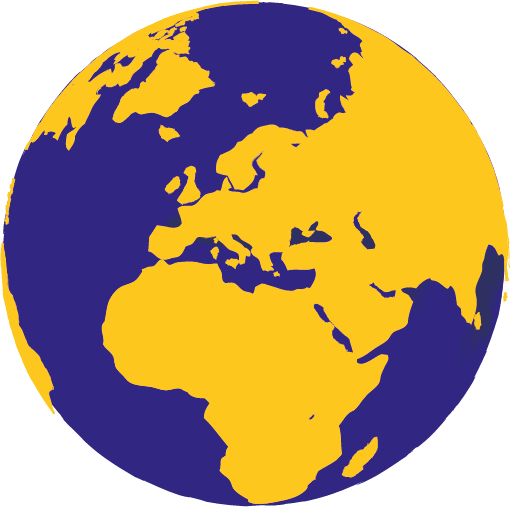On International Women’s Day 2017, at least 29 girls died following a fire at a children’s home in Guatemala. That headline conjures an image of a terrible tragedy at a home caring for the most vulnerable children. But read a little further and the picture that emerges is truly shocking.
The capacity of the home is 400, but many more girls and young women are reported to be living there. It is supposed to look after girls who have been abused and trafficked, but they also place juveniles who have been convicted of criminal offences there. The children complained of maltreatment and sexual abuse. During a brief interview with Prensa Libre, some of the young women spoke out:
“We were brought here [to the home] because of the physical abuse from our parents – but here we get twice as much.”
“You should see all the bruises I have on my body!”
“My mum did not touch me at home, so why do we get touched here, in a different way - sexually and crudely?”
60 children had ‘escaped’. A riot had taken place, resulting in a fire that we now know has killed at least 29.
Described in this way, the ‘children’s home’ sounds more like a prison. Stuffed to the gills with girls of all ages; victims of abuse placed together with young offenders. I have seen many such institutions around the world and they are always a recipe for disaster.
We often find the reason there are so many children is less to do with need and more to do with money. Most institutions receive their funding ‘per child’, so there is a financial incentive to bring in as many children as possible. When children are warehoused, they lose their identity, sense of self and self-esteem. And when victims of abuse are placed together with offenders, they feel they are being punished for the crimes committed against them. The BBC report suggests an atmosphere of desperation and terror that led to this fire. It is likely this tragedy was completely avoidable. As the children ran from the building, concerned relatives rushed to the scene. It would seem, as in most orphanages across the world, many of them have families.
Many institutions across Latin America and the Caribbean – as indeed globally – are funded by donors from abroad who feel they are doing good. In fact, many orphanages are established precisely to bring in foreign donations, as we found in our report, Orphanage Entrepreneurs: The Trafficking of Haiti’s Invisible Children. Orphanages are a lucrative business across the world and, in many cases, are trafficking and exploiting the children they purport to protect.
It is time for well-meaning donors from the developed world to remember our own histories. Just last week, the UK’s Independent Inquiry into Child Sexual Abuse (IICSA) heard evidence from the survivors of the child migrant scheme, where tens of thousands of children were sent from UK institutions to live in Australian institutions, where many suffered severe abuse.
This report was followed only two days later by the discovery in Tuam, Ireland of a mass grave of 800 infants in one of the country’s old institutions. The Ryan report that looked into institutions in Ireland found that sexual and physical abuse were endemic and systematic for decades, and that the Church was making a considerable amount of money out of running children’s institutions.
It’s time we made the connections: Children belong in families. Orphanages and institutions result in poor outcomes for children and place them at a higher risk of abuse and neglect. Many orphanages are increasingly run as businesses, where the child becomes a commodity. Donating to orphanages and volunteering in them drives that business. How many more avoidable tragedies will occur before we learn to do this differently?



